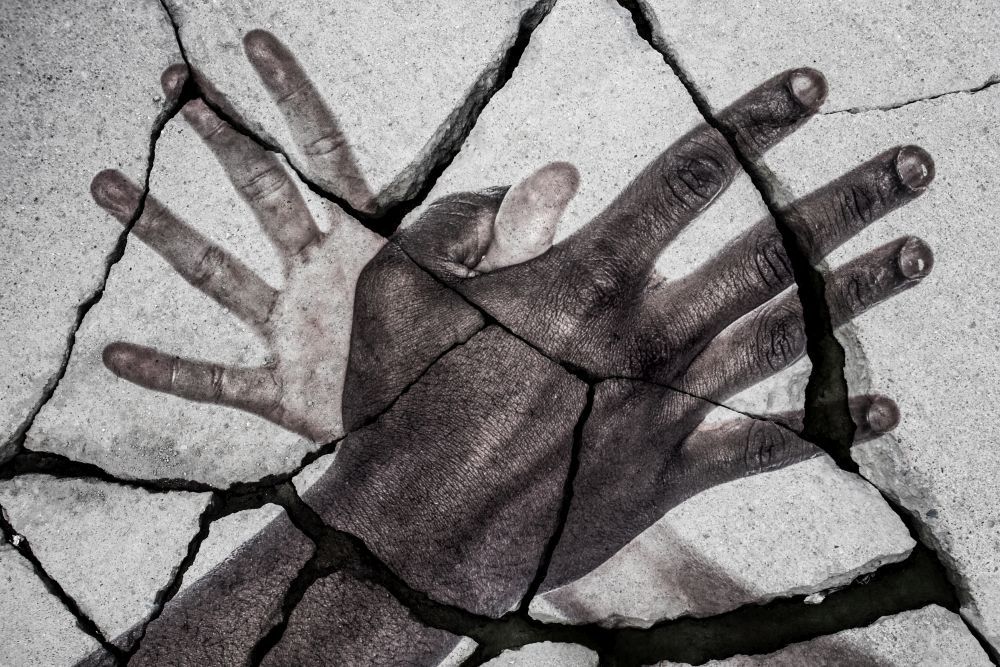Article
Psychoanalysis as a Tool Against Violence
Author(s):
Mental health care for victims of violence may be a way out of the darkness for Latin America.
soupstock/AdobeStock

In 2020, I had the honor of receiving The Sigourney Award, a great distinction, but also a great responsibility.
Allow me to tell you a bit about myself. Psychoanalysis is my profession and my passion. I began my journey to become a psychoanalyst during my university studies. I attended the Universidad Autónoma Metropolitana in Mexico, then obtained a master’s degree in psychoanalytic theory. I decided to continue my education in France, where I received another master’s degree in psychoanalysis at the Sorbonne University. Later, I completed my PhD at the École des Hautes Eestudes en Sciences Sociales de Paris. I had the honor of studying with Jacques Derrida, Gilles Deleuze, and Élisabeth Roudinesco, and completed my hospital training at La Borde Clinic with Félix Guatarri and Jean Oury. In France, I continued my personal analysis that I had started in Mexico; however, psychoanalysis, for me, cannot remain only in university studies and private practices.
I returned to my country and faced a difficult reality. Mexico is a beautiful country, inhabited by many cultures, and a mosaic of regional languages and diverse histories. But it is also rife with violence. Mexico is one of the countries with the most femicides in the world. Between 2007 and 2016, approximately 22,482 women were murdered in Mexico, according to the National Institute of Statistics and Geography (INEGI). Every 4 hours, the violent death of a girl, young woman, or adult woman occurred. The violent death causes included mutilation, suffocation, drowning, hanging, cut throats, burning, stabbing, or shooting.1 In 2018, the UN found that 6 out of 10 Mexican women have faced an incident of violence. Furthermore, 41.3% of women have been victims of sexual violence and, in its most extreme form, 9 women are murdered every day.2
I was born, raised, and developed professionally in Mexico, and I feel this pain keenly. I have 2 daughters: Emi, a Latin Americanist; and Luci, a dancer. I also have a son, Bruno, a poet. My existence was conceived in Latin America. My wife, partner, and colleague, Marcela Martinelli, PhD, came into exile from Argentina for state violence as a child.
Strange Disappearances
In the 1970s, many dissatisfied Latin American citizens suffered the weight of state-supported violence and repression, with quite a few going into exile. One of the most injured countries was Argentina, where the exile involved around 2 million citizens. Between 1908 and 1976, there were 300 concentration camps in Argentina and 30,000 were “disappeared.”3
In Mexico, it is estimated that from 1964 to today, 79,000 people have “disappeared.”4
What is happening in Mexico and Latin America makes me want to investigate what psychoanalysis could say about cruelty, violence against girls and women, and the painful dimension of trauma in order to breakdown the violence.
Putting an End to the Cruelty
In response to this violence, I have created 3 movements with other psychoanalysts. My colleagues and I currently maintain the School of the Psychoanalytic Letter and the Social Trust of Psychoanalysis. The School is a space for study, discussion, and writing, where we ponder the training of psychoanalysts. We hold conferences, organize meetings, write books, submit to magazines, and hold international meets for those who want to become psychoanalysts.
In the Social Trust, we try to open clinical spaces so that female victims of violence and relatives of the disappeared can have a space for a psychoanalytic listening. We have designed what we call psychoanalytic listening clinics where psychoanalysts with rigorous training receive low-income patients in addition to the population of the aforementioned groups. Today, we have 2 clinics, 1 in Oaxaca and another in Cuernavaca. Soon we will open others in Puebla and Morelia. The dream is to open clinics throughout Mexico.
The listening clinics are established through the following procedure: first, there is a presentation to the community through an inauguration ceremony and the distribution of flyers in the neighborhood. Then, agreements are made with nongovernmental organizations, human rights groups, feminist groups, and government agencies. Finally, the clinics start to receive patients. The School of Psychoanalytic Letter works on training young psychoanalysts to staff these clinics. In addition to individual sessions and singular supervisions, clinical conferences and case presentations are held every week.
Conclusion
The implementation of these clinics has taught me that psychoanalysis has to be included in city life and society. It is necessary to make citizens aware of the existence of these places and services where they can receive help addressing their pain, and to ensure that psychoanalysts understand the importance of their clinical work with citizens experiencing violence.
Dr Morales Ascencio is a psychoanalyst and cofounder of the School of the Psychoanalytic Letter and the Social Trust of Psychoanalysis.
References
1. Muedano M. Imparable, el crimen contra las mujeres; cifras del Inegi. Excelsior. October 22, 2017. http://www.excelsior.com.mx/nacional/2017/10/22/1196308
2. World Health Organization. Violence against women. March 9, 2021. Accessed March 11, 2021. http://www.who.int/mediacentre/factsheets/fs239/es/
3. Calveiro P. La experiencia concentracionaria. In: Lidia CE, Crespo H, Yankelevich P, eds. Argentina, 1976. Estudios en Torno al Golpe de Estado. Colegio de México; 2007.
4. Gomez A. Nearly 79,000 people have disappeared in Mexico since 2006. Al Día News. December 4, 2020. https://aldianews.com/articles/culture/nearly-79000-people-have-disappeared-mexico-2006/61501





